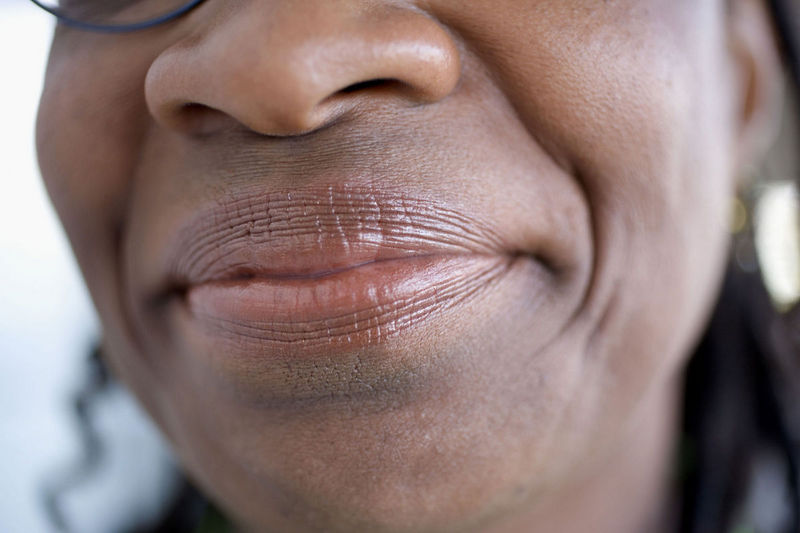
MONDAY, Sept. 17 (HealthDay News) — Romances may fade, but until relatively recently “you-and-me-4ever” tattoos were just that: permanent.
The advent of laser tattoo removal technology changed all that, offering the chance to clear away inked testimonials to long-gone loves.
Now, a pair of new studies explores the technology’s limits and possibilities, with one report suggesting that standard lasers may not benefit everyone, while the other points to a new approach that shortens the time it takes to wipe the slate clean.
“Tattoos are often regretted later in life,” said Dr. Luigi Naldi, corresponding author for the study that focused on the efficacy of Q-switched lasers, the current standard. “Lifestyle may change over time, and a tattoo, once wanted and liked, becomes embarrassing.”
Naldi pointed out that 28 percent of American adolescents end up regretting their choice of tattoos within the first year of getting one. And with upwards of one in five Americans now the proud owner of at least one tattoo, the numbers seeking removal are growing.
“[However], removal of tattoos is not a simple and easy procedure,” Naldi cautioned, noting that although the introduction of Q-switched lasers a few decades back offered far better results than surgical excision, “the clinical results of tattoo removal may vary greatly from one patient to another.”
Why the mixed results? By breaking down the characteristics of more than 350 patients (who underwent tattoo removal between 1995 and 2010), Naldi and his colleagues found that smokers fare less well than nonsmokers.
Over the course of 10 treatment sessions, smokers faced a nearly 70 percent lower chance of achieving tattoo removal than nonsmokers, perhaps due to the complicated impact smoking has on a person’s inflammatory and immune responses, the researchers suggested.
On a positive note, the study authors did find that spreading tattoo removal sessions further apart — with intervals of at least eight weeks or more between treatments — seemed to help. However, particularly large tattoos, those involving colors other than black or red, and tattoos located on the feet or legs still were tougher to remove.
Older tattoos (those more than 36 months old) were also deemed problematic, because ink particles tend to sink into ever-deeper layers of the skin over time.
“These results should be considered when discussing tattoo removal with patients,” Naldi said. “They should also be taken into consideration when deciding about decorating the skin [with] a new tattoo.”
Naldi, from the Centro Studi Gruppo Italiano Studi Epidemiologici in Dermatologia in Bergamo, Italy, and his colleagues published their findings online Sept. 17 in the Archives of Dermatology.
The same journal offers up some encouraging news from a research team led by Dr. Nazanin Saedi, director of laser surgery and cosmetic dermatology in the department of dermatology at Thomas Jefferson University in Philadelphia.
In a small study of just 12 patients, Saedi found that a new approach to tattoo removal appears to be a safe and much faster method than standard Q-switched lasers.
“With this [new] type of laser, the energy is released in a much quicker timeframe, and that is actually much better for removal,” said Saedi, who conducted her research while with SkinCare Physicians in Chestnut Hill, Mass.
“What it does,” she explained, “is shatter and shake up the ink in a way that seems to break up more of it with each session of treatment than Q-switched lasers.”
On average, Saedi’s patients needed a little more than four treatment sessions to clear away at least 75 percent of the unwanted tattoo. By comparison, Saedi said patients undergoing standard Q-switched laser care would need about double that number of treatments.
“These results are very exciting,” said Saedi, “because tattoo removal really hasn’t made much progress over the last 20 years. But now we found that the pico laser was able to clear tattoos away with far fewer visits and the same side effects,” which she noted can include swelling, wetness and occasional blistering.
The new technology is not yet available, and though it will offer speedier removal, it will not be perfect.
“Even with pico lasers, some tattoos will be hard to treat,” Saedi acknowledged. “We didn’t have these sorts of patients in our study, but yellow or orange tattoos, for example, would be difficult to treat, just because they don’t absorb the wavelengths very well from any laser. And basically any tattoo ink that’s not pure any [color] — outside of black — will still be difficult to remove, as will high-color density tattoos. Older tattoos are still going to be a problem, and healing will still take longer among smokers and those with leg tattoos. These problems won’t go away.”
Saedi also noted that because the new laser equipment will be more expensive, the per-session treatment price will also be higher.
How pricey?
“I’m really not sure. In general, getting tattoos removed is very expensive. It costs several hundred dollars per treatment session, and with the current technology you’ll need eight to 10 treatments and still might not get complete clearance. The [pico laser] might cost more per session but end up being cheaper overall, since there are fewer sessions involved. It remains to be seen.”
More information
For more on tattoos, visit the U.S. National Library of Medicine.

